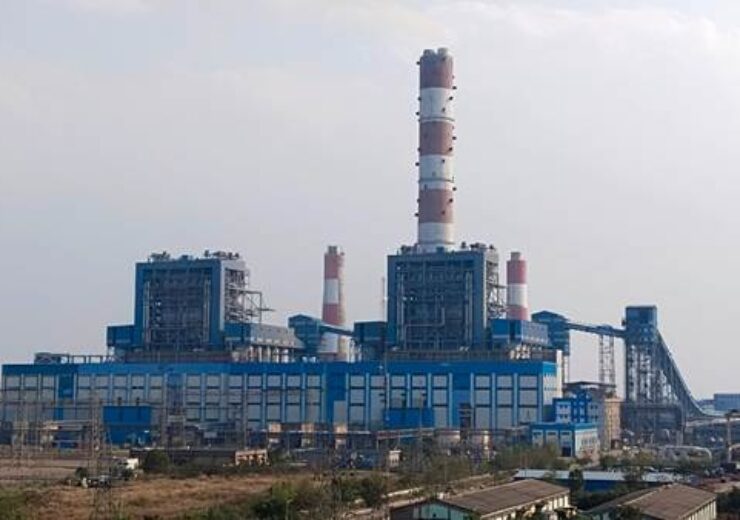Located in south-east of Raigarh district, stage-1 of the Lara thermal power station has been built with an investment of nearly INR158bn ($1.91bn)

Modi also laid foundation stone for the second phase of the Lara super thermal power station. (Credit: PIB DELHI | Dheep Joy Mampilly)
Indian Prime Minister Narendra Modi has officially inaugurated the 1.6GW phase 1 of NTPC’s Lara super thermal power station in Chhattisgarh, India.
Modi has also laid the foundation stone for the second phase of the coal-based super critical pit head thermal power project. Like the first phase, the second phase of the power station will have two units of 800MW each.
Located in south-east of Raigarh district, stage-1 of the Lara thermal power station has been built on about 1,400 acres of the total 2,400 acres area allocated for the project.
The first phase of the thermal project entailed a total cost of nearly INR158bn ($1.91bn).
The second phase of the Lara thermal project, which will be constructed on the available land of phase 1, will require an investment of approximately INR155.3bn ($1.87bn).
The Lara thermal power station will deliver half of the electricity it produces to the state of Chhattisgarh. Other states including Gujarat, Maharashtra, Madhya Pradesh, and Goa along with the union territories of Daman and Diu and Dadra and Nagar Haveli will also benefit from the project.
All the units at the Lara thermal power station are anticipated to achieve lower specific coal consumption and carbon dioxide emissions. These will be attained by leveraging super critical technology and ultra super critical technology for stage-1 and stage-2 of the power project, respectively.
By making use of merry-go-round (MGR) system, coal for the pit-head power station will be delivered from NTPC’s Talaipalli coal block.
The Lara super thermal power station will also generate direct and indirect employment opportunities in the region.
Last week, Prime Minister Modi inaugurated two new pressurised heavy water reactors (PHWRs) at the Kakrapar atomic power station (KAPS) in Gujarat. The Unit 3 (KAPS-3) and Unit 4 (KAPS-4) projects, which are built by the Nuclear Power Corporation of India (NPCIL), have a capacity of 700MW each.
